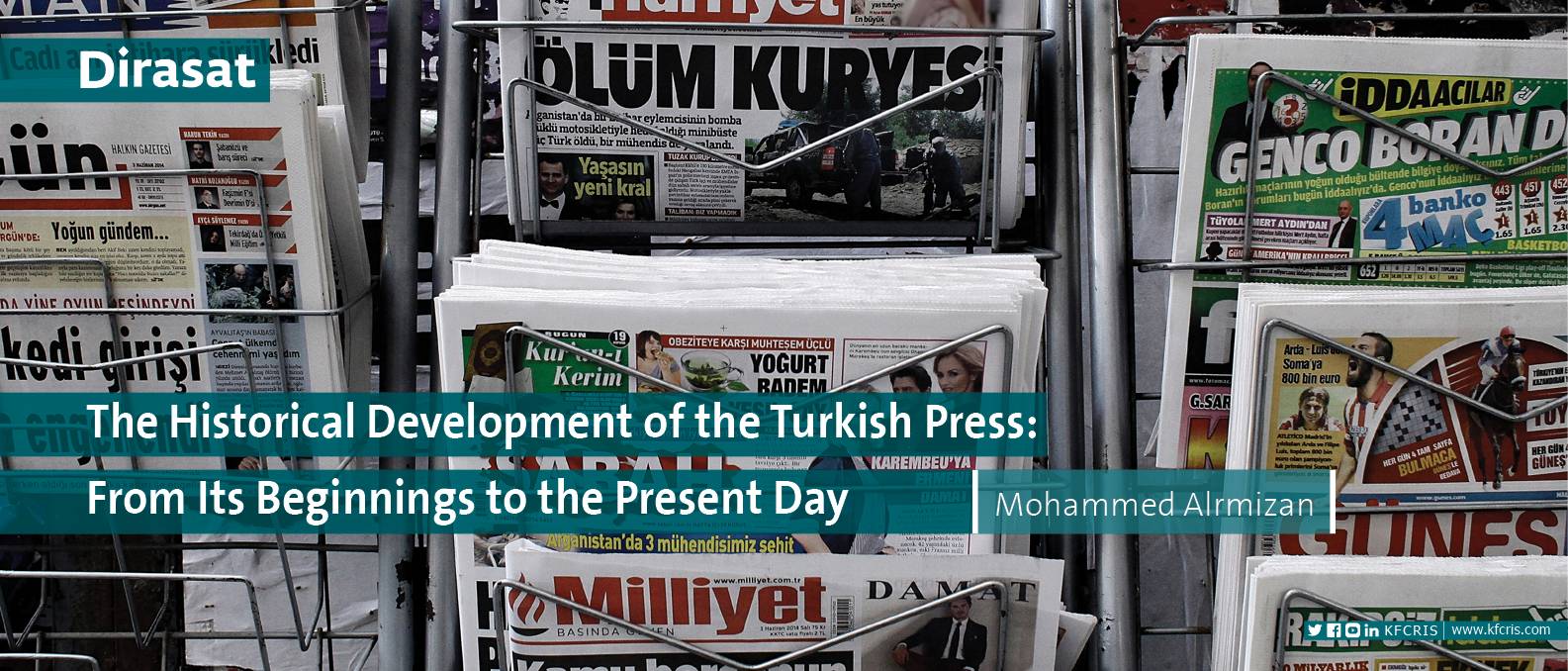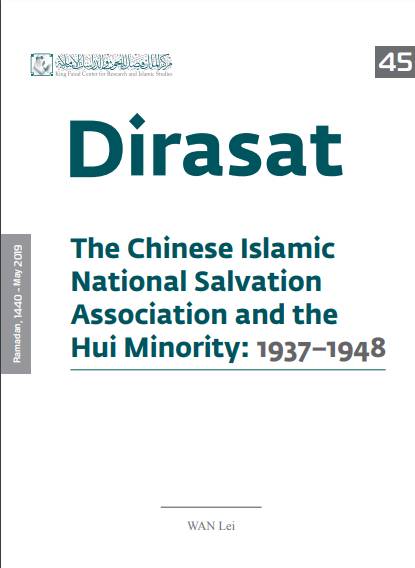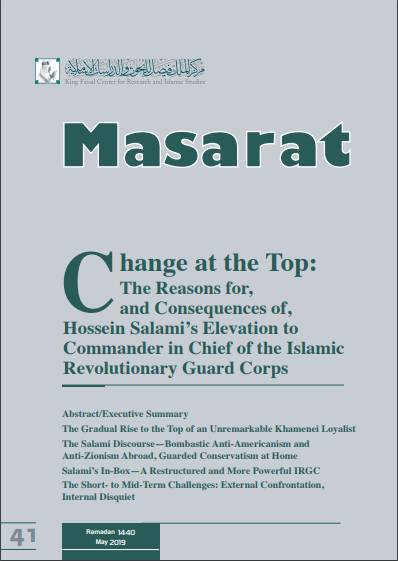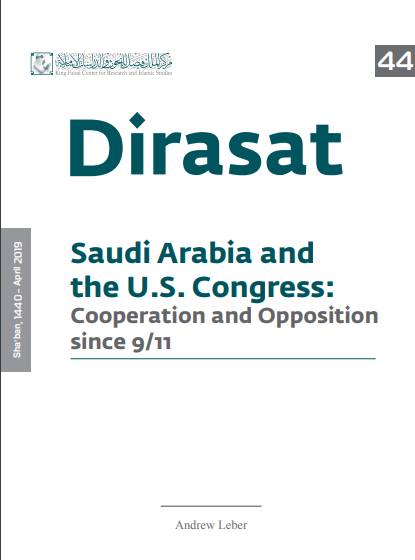Research Papers
Number:
Author: Noura Alshehri
The anticipated visit of Russian President Vladimir Putin to the Kingdom of Saudi Arabia in 2019 is aimed at settling several mutual concerns and set to mark a new historical chapter in the relations between Moscow and Riyadh. However, the anticipation is not based solely on the fact that the Russian President will visit Riyadh for the first time since restoring relations

Number: 46
Author: Mohammed Alrmizan
This article provides a historical overview of the development of the Turkish press since its beginning during the nineteenth and twentieth centuries in the Ottoman Empire and through various critical periods of the Turkish Republic. It explores, first, how the press and the printing houses developed during the last stages of the Ottoman Empire. Moreover, it reveals the abuses of the press, assassinations of many Turkish journalists and other important figures, and appearance of newspapers during times of critical transformations, like those of Tanzimat, Sultan Abdul Hamid II, and the Young Turks. Second, it offers a detailed account and analysis of th
Number:
Author: Prof. Mark Schultz
Earlier this month Saudi Arabia celebrated World Intellectual Property Day for the first time, as the Saudi Authority for Intellectual Property (SAIP) launched a nationwide intellectual property awareness campaign.
This is an important signal of Saudi Arabia’s ambition to create a knowledge economy, vital to the economic diversification envisaged by the Vision 2030 blueprint.
“You cannot be depending on oil in a world where the knowledge economy is the driver of economic development — manufacturing is 20th century,” says Fahd Al-Rasheed
Number:
Author: Abdulmajeed Saud Mangrah
For all such a various array of events in the Middle East, there is one title: a scramble toward forging a new regional system after two competing models. One model seeks a regional system that rests on sovereign nation-states, whereas the other envisions a hybrid regional system composed of weaker states linked with sub-state actors performing state functions in the regional balance of power. While Saudi Arabia’s foreign policy falls into the former model, Iran’s foreign policy is informed by the latter. Each of them is driven by specific perceptions and structural imperatives to adopt their respective model.
Number:
Author: Hesham Alghannam and Jihad Mashamoun
There was jubilation following the breakthrough in the negotiations between the Transitionary Military Council (TMC) and the Declaration of Freedom and Change Forces (DFCF), which meant that the prospects for a civilian-led council were good. However, on May 16, the head of Sudan’s Transitional Military Council, Abdel Fattah al-Burhan, dashed hopes that a transfer of power would occur soon by suspending negotiations for 72 hours, and now the TMC continues to impede such a transfer.
Number:
Author: Kamal Mohammed Jah Allah Alkhadr
The mass movement in Sudan, which dates back to 19 December 2018, carried the element of pure surprise and absolute astonishment, despite the fact that this uprising is the natural product of accumulated factors, historical and economic.
This study is divided into three parts, preceded by an introduction. The first part deals with the geography of the uprising in terms of the causes and trends of the events as well as the range of mobilization. The second part outlines the central actors/players in the Sudanese mobilization. The third part illustrates the stance of the Sudanese military from the upri

Number: 45
Author: WAN Lei
The Hui in China is a singular ethnic group. They speak Chinese but appear to have pursued a uniquely cultural evolution following immigration of its main grouping into China during the Mongol Yuan dynasty nearly eight centuries ago. But Hui societies only became evident in the first half of the 20th century, symbolizing Hui in–group consciousness; a nationwide semi–official China Huijiao [Islamic] Nation–Salvation Association was the national organization that played a significant part in uniting the Hui minority to support the Second Sino–Japanese War (The Resistance War against Japan) and in protecting the Hui minority in man

Number: 41
Author:
On 21 April 2019, the Supreme Leader Ali Khamenei announced the replacement of the commander in chief of the Islamic Revolutionary Guards Corps (IRGC), Aziz Jafari, with his deputy, Hossein Salami. This move caps an ongoing process of regeneration within the top echelons of the IRGC which has been ongoing since early 2017.
The decision to replace Jafari was due, but not entirely expected so soon after the White House designation of the IRGC as a terrorist group. Since 1997, Khamenei had placed an informal ten-year limit on the commandership of the IRGC. Aziz Jafari was therefore due to be replaced by 2017,

Number: 44
Author: Andrew Leber
This Dirasat seeks to understand the present opposition in Congress and especially the Senate. First, it explains the indirect role that Congress can play in U.S. foreign policy, while highlighting the potential role of partisan polarization in U.S. foreign policy. Next, it provides context for the U.S.-Saudi relationship in Congress by examining past congressional actions with respect to the Kingdom. Finally, it examines congressional activity since the death of Jamal Khashoggi, focusing in particular on the coalition of senators that has formed to advance legislation critical of the Kingdom.
&nbs
